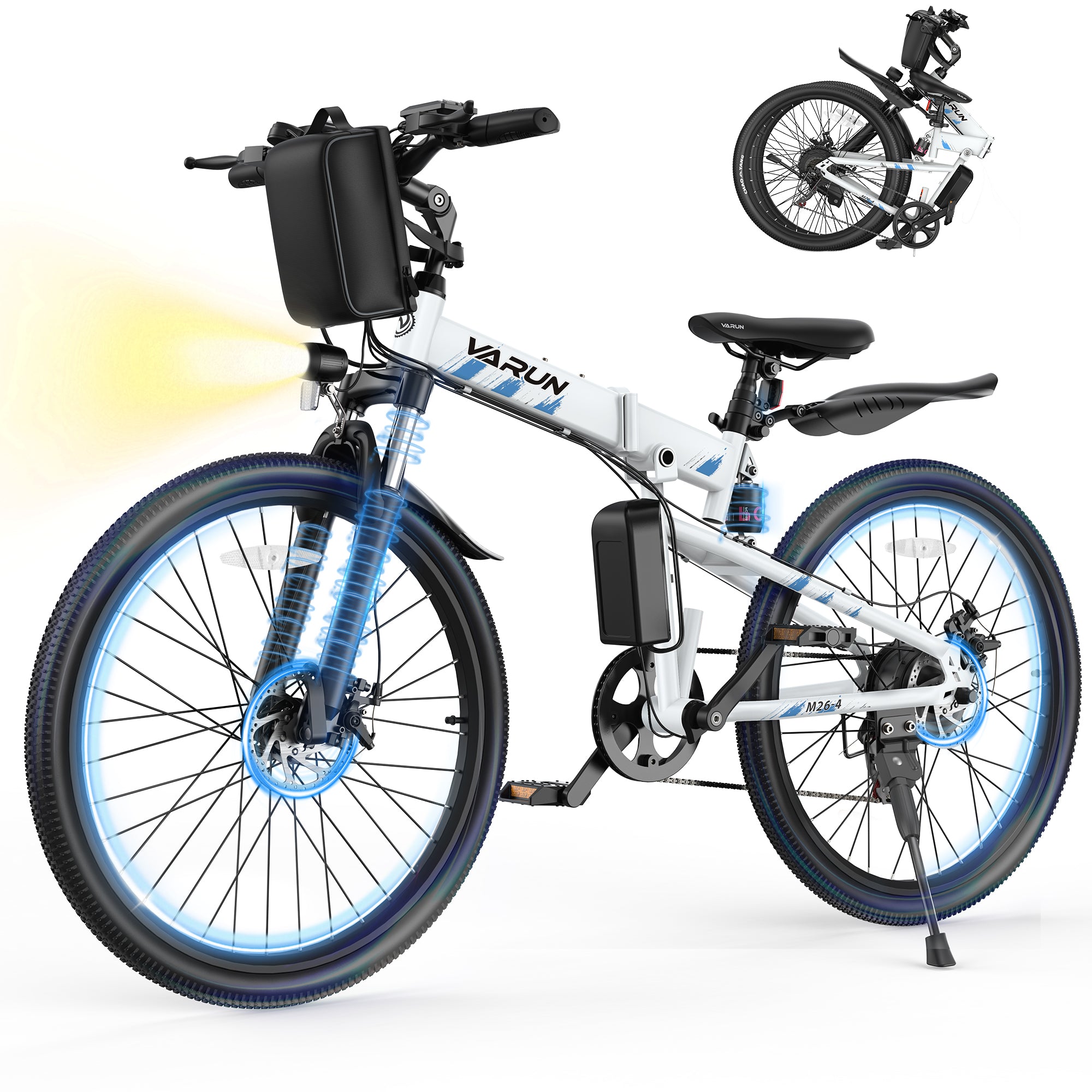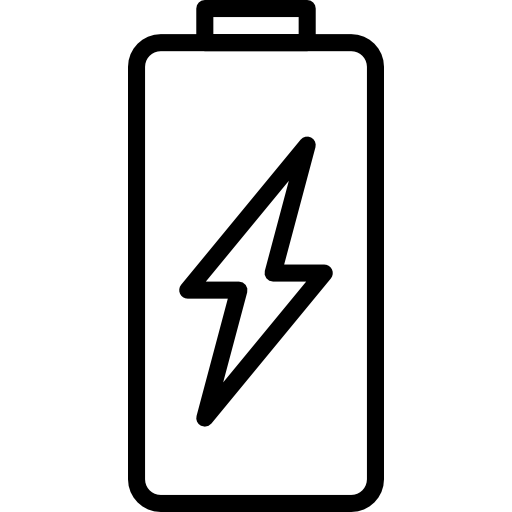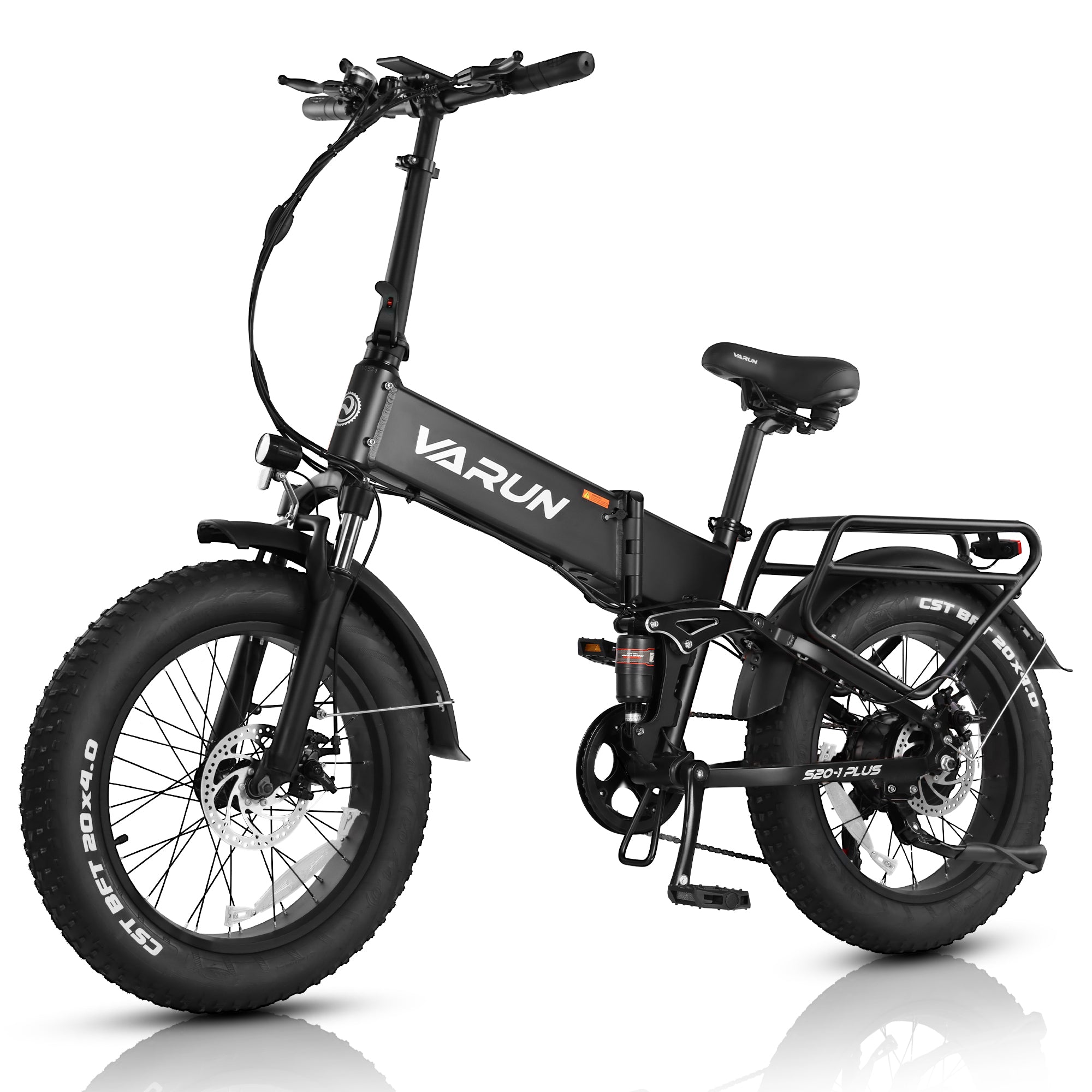Learn how electric bikes function—from motors and batteries to sensors and controllers. Understand the tech behind the ride to choose the best e-bike for your lifestyle.
Introduction
Electric bikes (e-bikes) are changing how we commute, travel, and enjoy outdoor exploration. They combine human pedal power with electric assistance, offering the perfect balance between exercise and efficiency. But how exactly do e-bikes work?
In this article, we’ll take you under the hood—explaining the components and systems that power an e-bike, and how they all work together to enhance your ride.
Key Components of an E-Bike
To understand how e-bikes operate, it helps to know the main parts involved:
 |
MotorThe engine that delivers power to the bike. Located either in the wheel hub or between the pedals (mid-drive), motors vary in power and responsiveness |
 |
BatteryThe energy source, typically lithium-ion. The battery determines how far you can ride on a single charge |
 |
ControllerThe brain of the bike. It manages the flow of electricity between the battery, motor, and sensors |
 |
Pedal Assist System (PAS)Uses sensors to measure how hard or fast you’re pedaling, adjusting motor output accordingly |
 |
DisplayShows speed, battery level, pedal assist level, and more. Some advanced models offer app connectivity |
How Pedal Assistance Works
Most e-bikes are equipped with a pedal assist system (PAS) that activates the motor as you pedal. Here’s how it works:
| Sensors detect motion | Torque or cadence sensors monitor how fast and hard you’re pedaling |
| Signal sent to controller | Based on your pedaling and selected assist level, the controller calculates how much power to send |
| Motor engages | The motor kicks in to provide a smooth boost, making uphill rides and acceleration easier |
| You ride smarter | You still pedal, but the motor helps lighten the effort |
This system creates a natural riding feel and encourages fitness while reducing strain.
Types of Motors
E-bikes typically use one of two motor types:
| Hub Motor | Located in the front or rear wheel, It directly powers the wheel and is simple, quiet, and affordable |
| Mid-Drive Motor | Placed between the pedals, Offers better weight distribution and performance on hills, but costs more |
Each motor type affects how the bike handles and the type of terrain it’s best suited for.
Battery and Range
Battery capacity is measured in watt-hours (Wh). The higher the Wh, the more energy stored—and the longer you can ride.
· A 500Wh battery might offer 40–80 km (25–50 miles) of range.
· Riding conditions, terrain, rider weight, and assist level all affect actual range.
Many brands, like RIDSTAR and ENGWE, now offer dual-battery systems for extended range.
Throttle vs. Pedal Assist: What’s the Difference?
Some e-bikes feature a throttle—similar to a scooter—that lets you ride without pedaling. Others are strictly pedal-assist.
| Throttle | Instant power with no pedaling. Great for hills and breaks |
| Pedal Assist | Feels more natural and conserves battery |
| Combination | Many bikes offer both for flexible riding modes |
Smart Features in Modern E-Bikes
Today’s e-bikes include features like:
· USB charging ports
· Smartphone app integration
· Regenerative braking (in rare models)
· Integrated lights and GPS tracking
These enhancements improve safety, comfort, and connectivity.

Conclusion
Understanding how e-bikes work helps you choose the right model and appreciate the engineering behind the ride. Whether you’re commuting in the city or hitting off-road trails, e-bikes use a smart mix of sensors, motors, and batteries to enhance every pedal stroke.
At GZRider.com, we carry expertly engineered e-bikes from trusted brands like ENGWE and RIDSTAR—equipped with advanced technology and backed by real-world performance.












Share:
How Far Can E-Bikes Go?
Off-road Electric Bikes vs. Off-road Gas Bikes: A Comprehensive Comparison